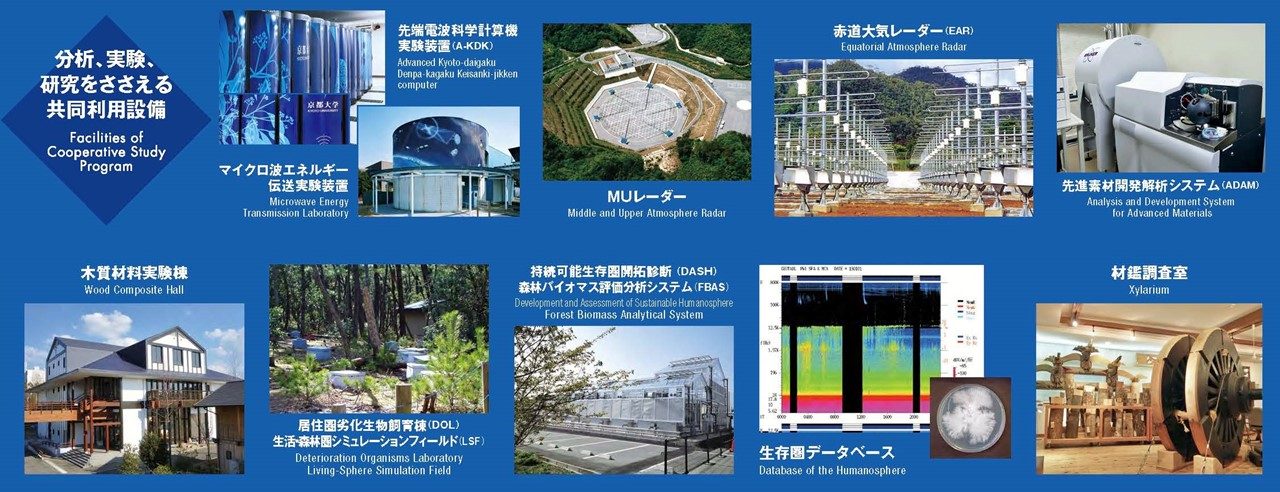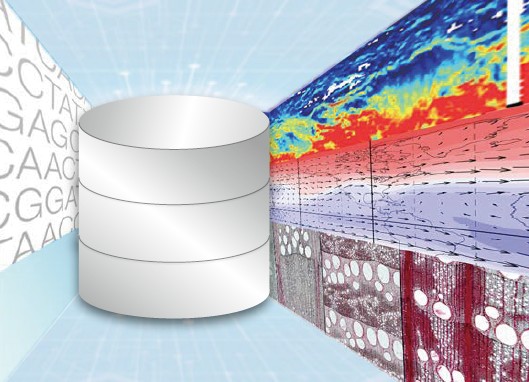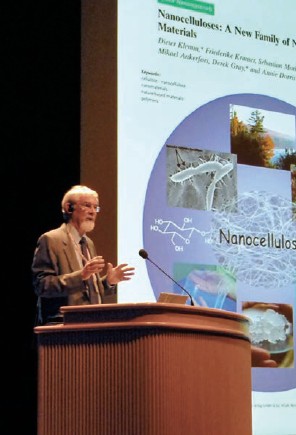Joint Usage/Research Center
Updated: 2022/07/21
Domestic and international inter-university collaborative programs form the heart of RISH. This department maintains collaborative equipment and facilities and provides a variety of databases on the humanosphere. We also promote collaborative research and symposia to enhance interdisciplinary community.
Cooperative Studies Using Collaborative Research Facilities
In total, 14 facilities serve collaborative research. The Middle and Upper Atmosphere (MU) radar at Shigaraki MU Observatory, the Advanced Kyoto-daigaku Denpa-kagaku Keisanki-jikken (A-KDK) computer, the Microwave Energy Transmission Laboratory (METLAB), and Solar Power Station/Satellite Laboratory
(SPSLAB) have existed since 2004 and prior. In 2005, the Equatorial Atmosphere Radar (EAR) in Indonesia, Wood Composite Hall, the Living-sphere Simulation Field (LSF) in Kagoshima, and the Deterioration Organisms Laboratory (DOL) were founded.
In 2006, the Usage of Forest-Biomass Evaluation and Analysis System commenced. In 2008, the Development & Assessment of Sustainable Humanosphere (DASH) System was introduced. In 2011, the Analysis and Development System for Advanced Materials (ADAM), the Advanced Microwave Energy Transmission Laboratory (A-METLAB), and the Performance Evaluation System of Space Electromagnetic Environments (PEMSEE) Instruments were put in service. In 2021, Cellulosic Advanced Nanomaterials Development Organization (CAN-DO) was founded.
Collaborative Research Using Databases
Various information, such as a xylarium of wood specimens collected since 1944, atmospheric observation data using the MU radar and other instruments, and space-plasma data observed with GEOTAIL satellite, are now combined into the Database of the Humanosphere and are available for public use. Proposals for scientific and technological use are always welcome.
Project-based Collaborative Research
We will openly subsidize project-based collaborative research and support research symposiums/meetings.





